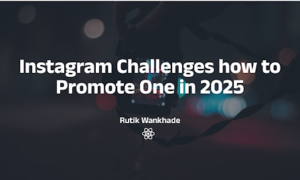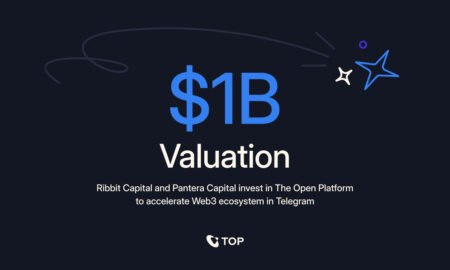Networking on LinkedIn is more than just clicking the “Connect” button. It requires a blend of art and science—balancing genuine relationship-building with strategic outreach techniques. When done correctly, your network can become a channel for job referrals, partnership offers, and industry insights. Yet, many professionals overlook the impact that simple, thoughtful gestures can have on relationship development. Sending a generic connection request, for example, doesn’t invite conversation. Meanwhile, a well-crafted message that demonstrates you’ve taken an interest in the other person’s work can lay the foundation for a long-term professional alliance.
As LinkedIn’s user base continues to expand, the importance of making a memorable first impression grows. “LinkedIn optimization” isn’t just about profile sections and keywords. It extends to how effectively you engage and communicate. In this article, we’ll explore key strategies for initiating meaningful connections and turning those connections into valuable assets.
Personalizing Your Connection Requests
Before hitting “Connect,” take a moment to look through the person’s profile. What projects have they worked on? Are there any shared interests or mutual connections? Reference these details in your introductory note. For instance: “Hi Alex, I read your recent post on remote work strategies, and I found your insights really practical. I’d love to connect and learn more about your approach.” This small effort shows genuine appreciation for the recipient’s expertise. It also proves that you’re not just connecting blindly for the sake of boosting numbers.
Moreover, be concise. Most professionals don’t have the time to read lengthy requests. State your reason for connecting in a clear and respectful manner. If you have a specific request—like advice on a topic or a potential collaboration—mention it briefly but politely. However, avoid being overly salesy in your initial approach. This can be off-putting and can sometimes lead to your request being ignored or flagged as spam. Ideally, view your first message as an introduction, not a business pitch. Once the connection is accepted, follow up with a thank-you note or an interesting observation about their work. This seamless approach can set the tone for future conversations.
Maintaining Authentic Engagement
After building your network, nurture it through regular, authentic engagement. One way is to interact with posts made by your connections. You can offer thoughtful comments, pose relevant questions, or even share the content with your own network, giving credit to the original author. Such actions show that you value their insights and encourage reciprocal interactions. This two-way street is the bedrock of productive LinkedIn relationships.
Additionally, try creating your own posts or articles that address current industry trends, challenges, or innovations. By doing so, you offer connections a chance to see your expertise in action. This naturally invites dialogue in the comments, further strengthening relationships. Whenever someone engages with your content, respond promptly and maintain a friendly tone. Over time, you’ll likely establish a reputation for being open, knowledgeable, and collaborative—traits that encourage more people to connect. Your network can become a goldmine of information and opportunities if you consistently treat connections like the real people they are, rather than stepping stones on your professional path.
You can visit the Profile Optimizer website for LinkedIn optimization.



































